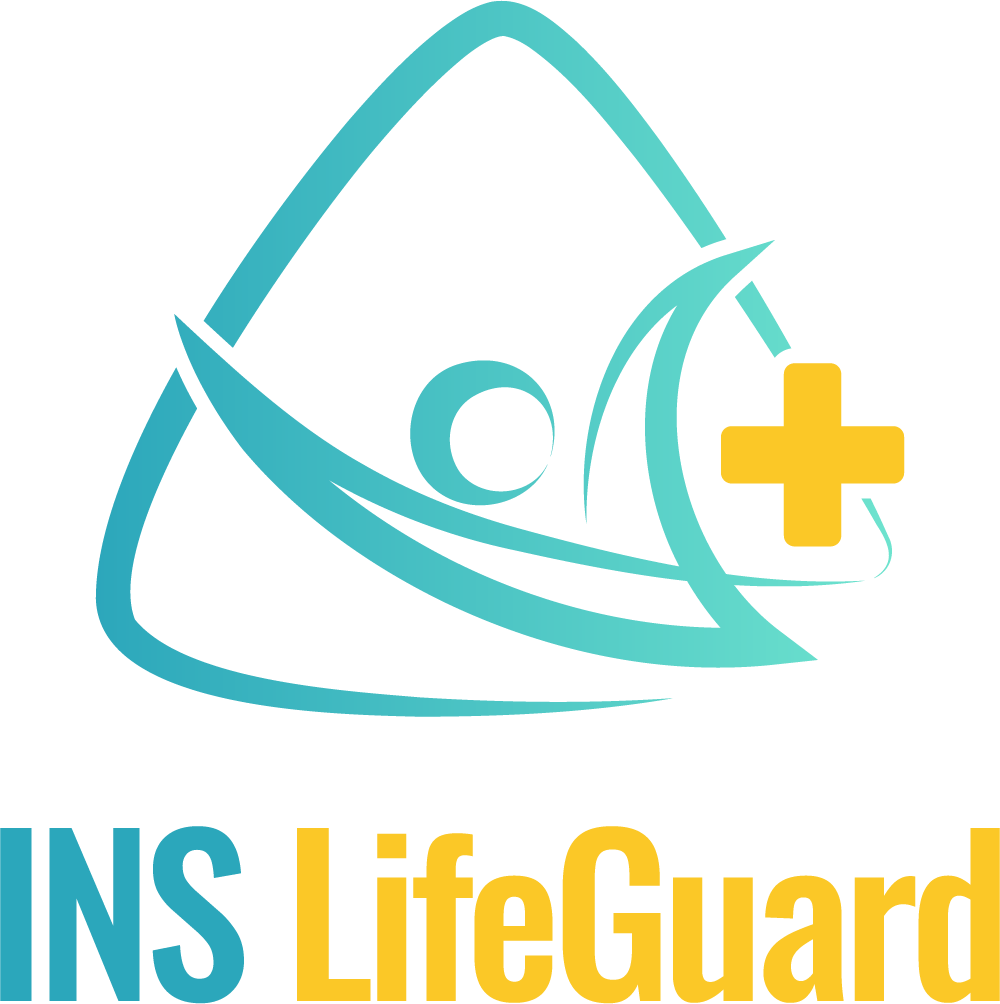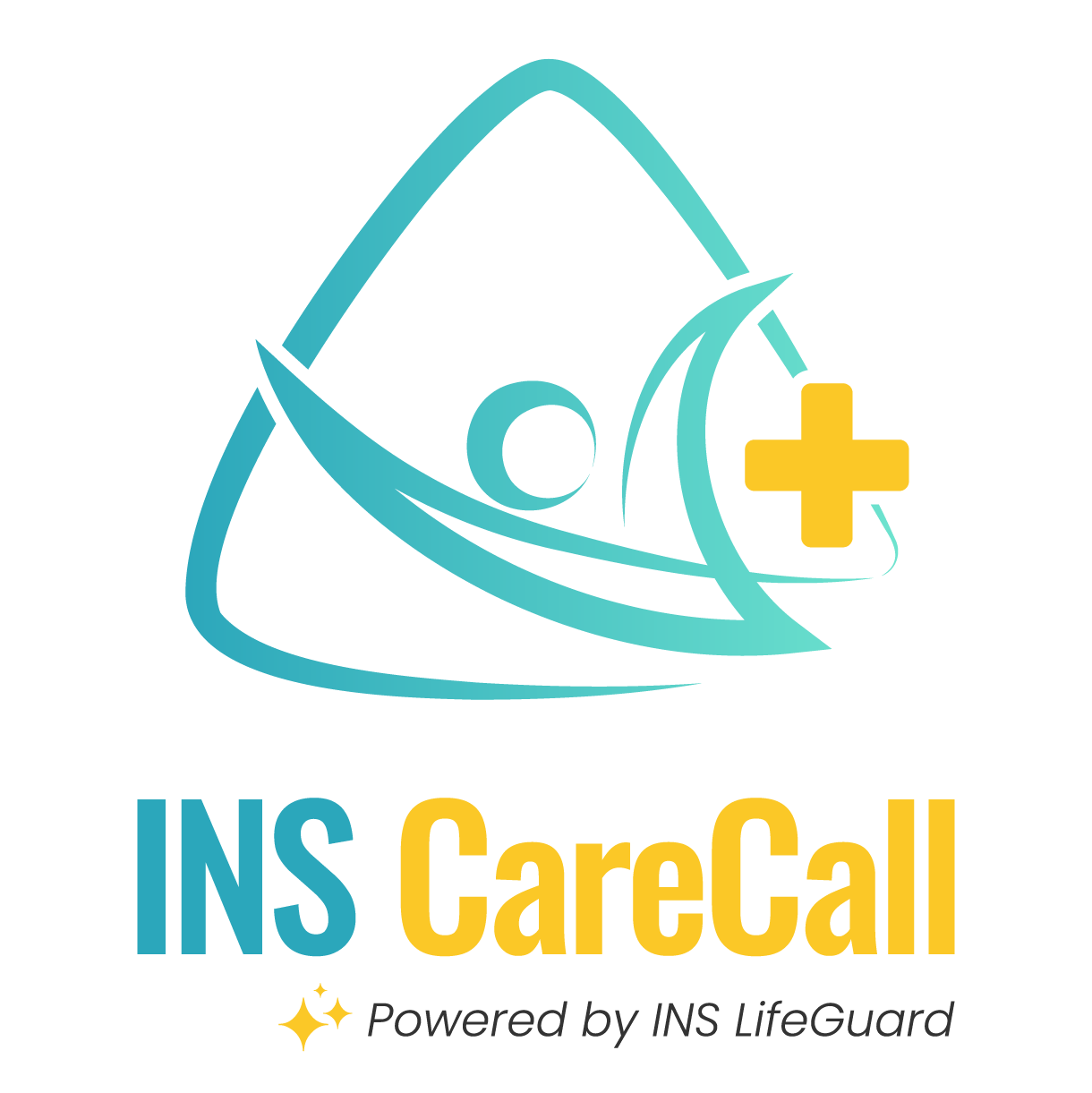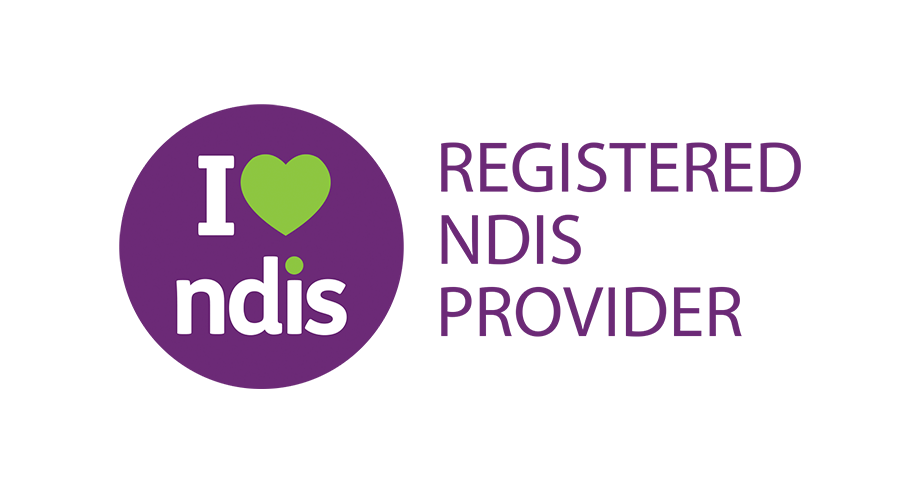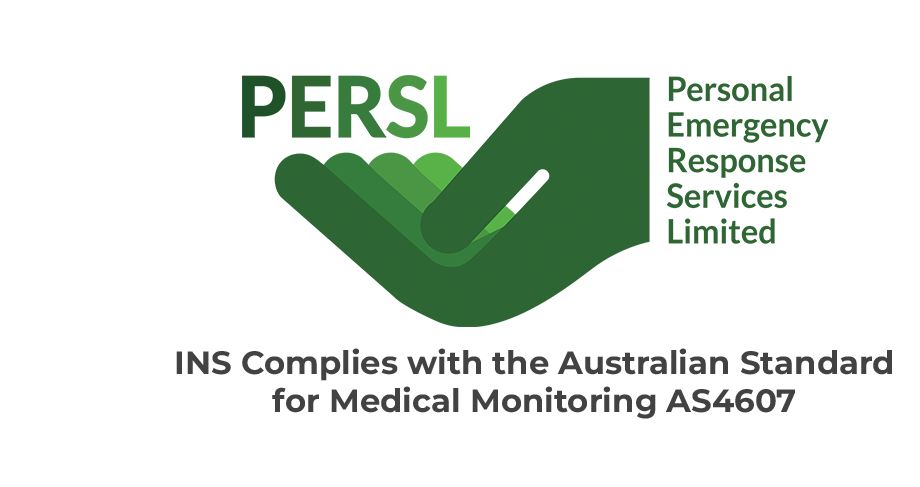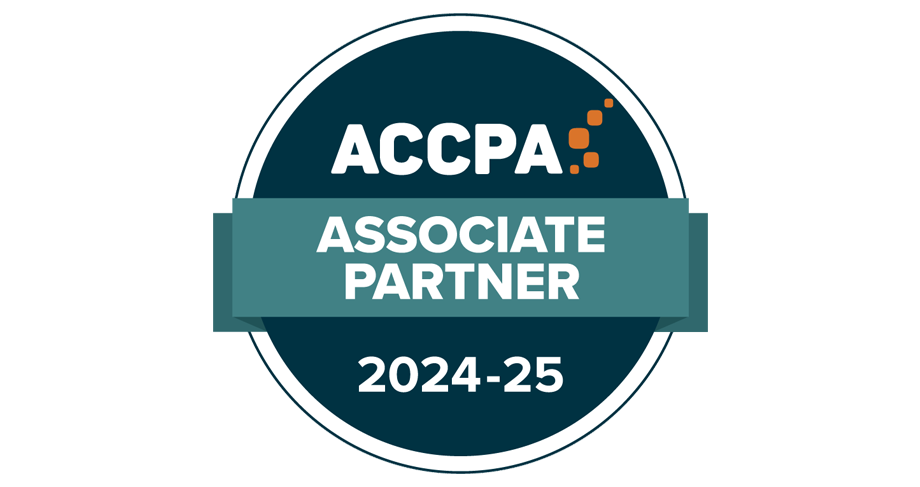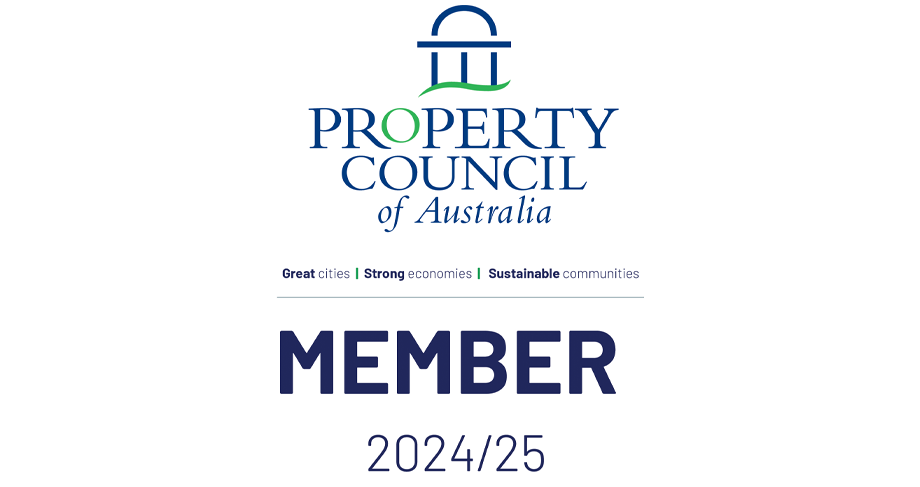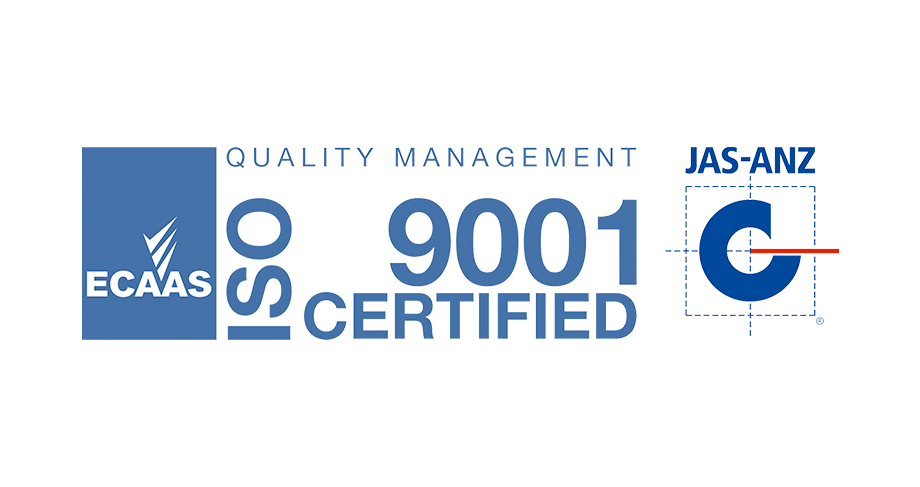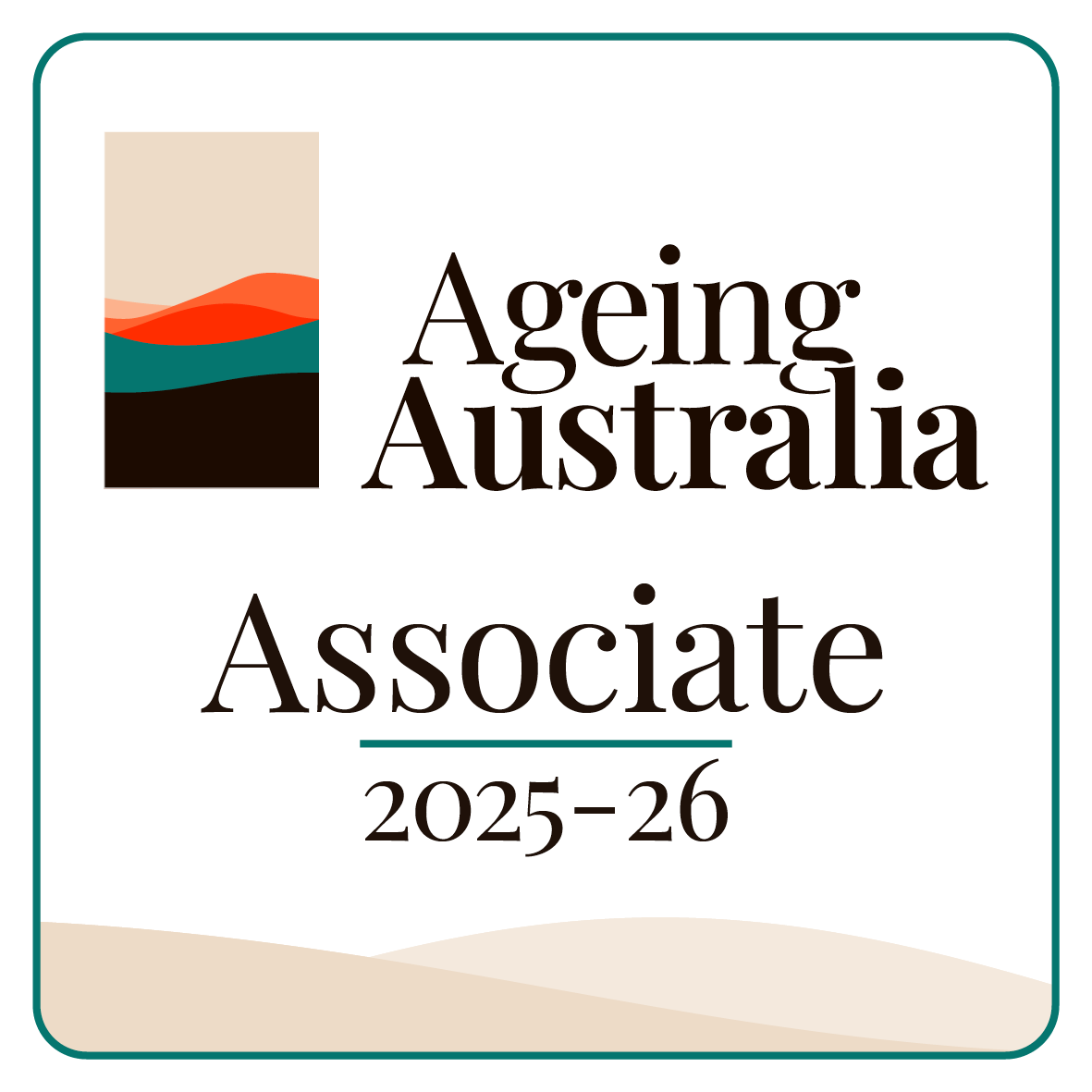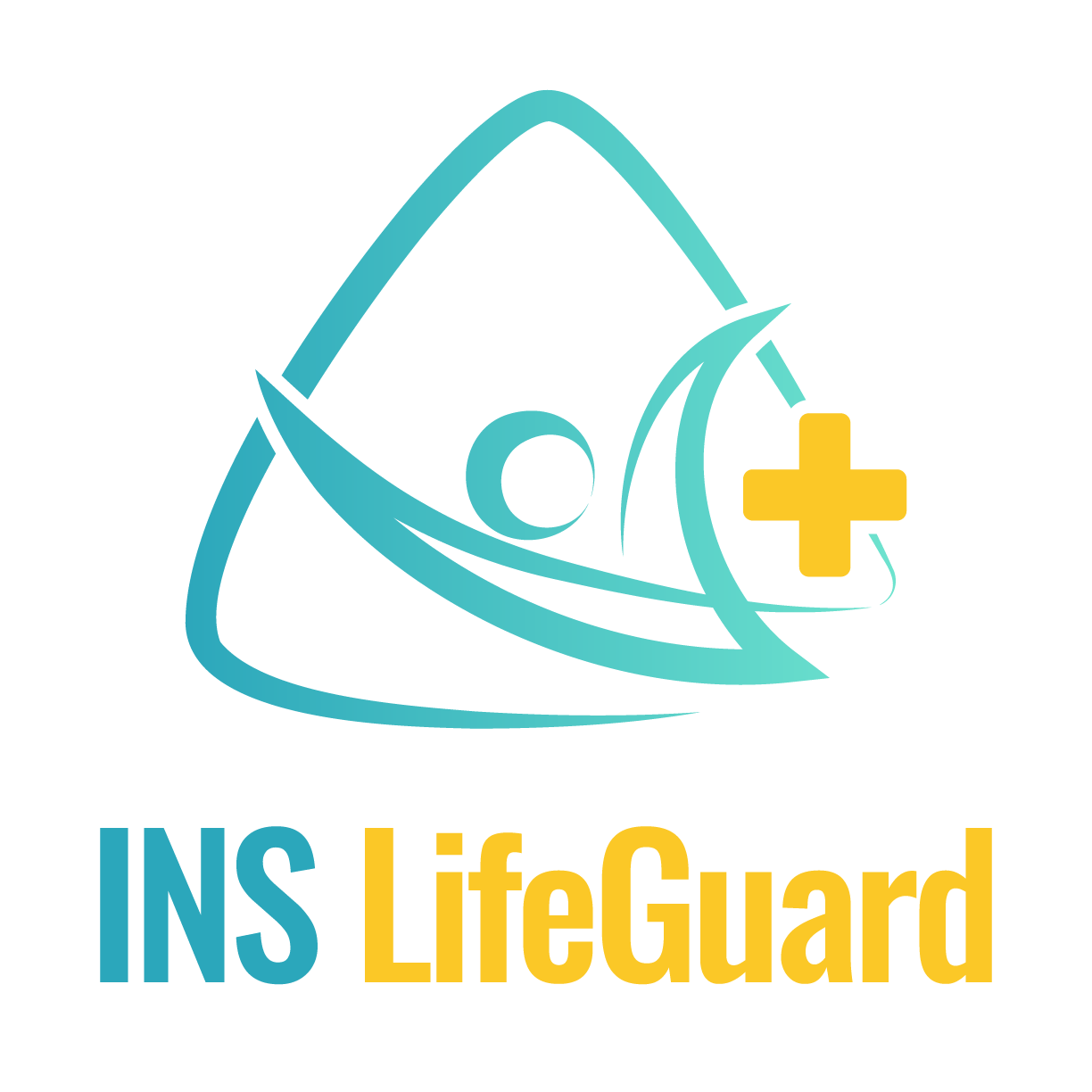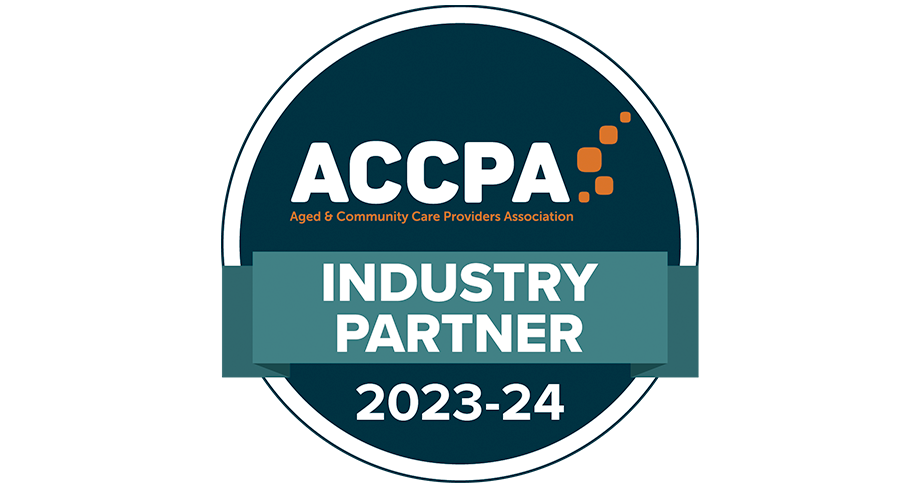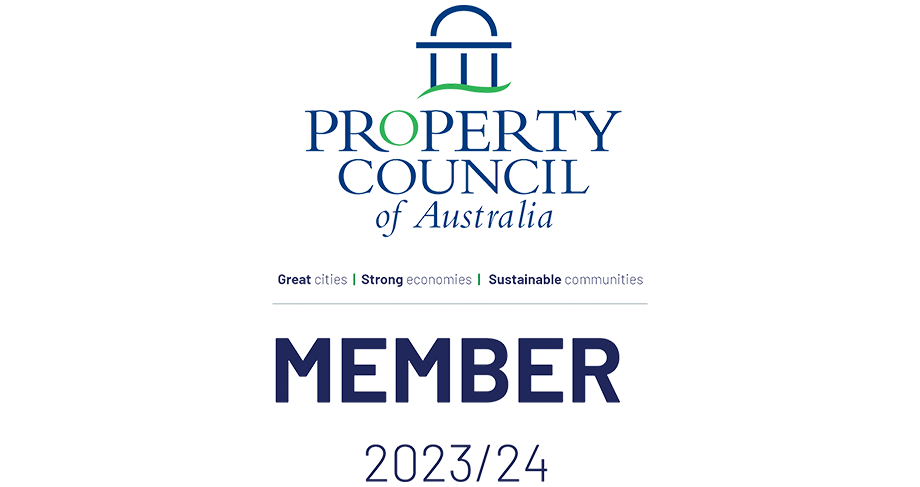Have a Question?
How INS LifeGuard Helps Employers Meet Australia’s New Psychosocial Hazard Laws

Australia is entering a new era of workplace safety. For the first time, Australia’s WHS law explicitly treats risks to mental health, such as stress, fatigue, bullying, and isolation, with the same duty framework required for physical safety. The Work Health and Safety (Managing Psychosocial Hazards at Work) Code of Practice 2024 makes it clear that every employer must take proactive steps to protect their people.
The stakes are high. In 2021-22, serious workers’ compensation claims for mental health conditions rose to 9% of all cases, a rise of 37% compared with 2017-18. These claims last far longer than physical injuries, with a median time off work of 34 weeks compared to just 8 weeks for other injuries. For businesses, that means higher costs, longer disruptions, and greater pressure on teams already stretched thin.
With laws tightening and risks on the rise, employers need solutions that go beyond policy documents. INS LifeGuard provides tools and support systems that can help organisations reduce exposure, demonstrate compliance, and care for their workforce in practical ways.
What is a Psychosocial Hazard?
Psychosocial hazards are factors in the design or management of work that increase the risk of psychological or physical harm, affecting both mental health and overall wellbeing. Unlike physical hazards, which are usually easier to spot and measure (such as faulty machinery, trip hazards, or exposure to chemicals), psychosocial risks are often less visible. They build gradually, may be hidden in workplace culture, and can be just as damaging over time.
Common examples include:
- High job demands and long working hours.
- Lack of role clarity or conflicting responsibilities.
- Poor change management and inadequate support.
- Bullying, harassment, or exposure to traumatic events.
- Isolation and fatigue, particularly for remote or lone workers.
These hazards can lead to stress, burnout, and psychological injury, but they can also contribute to physical health issues such as sleep disruption, cardiovascular strain, or musculoskeletal disorders. Recognising them as serious risks is the first step towards compliance and healthier workplaces.
Common Psychosocial Hazards
The Code of Practice recognises a wide range of workplace factors that can increase the risk of psychological harm.
The most common psychosocial hazards include:
- Job demands (excessive workload, long hours, or unrealistic deadlines)
- Low job control (little say over how or when work is done)
- Poor support from supervisors, colleagues, or the organisation
- Lack of role clarity or conflicting responsibilities
- Poor organisational change management
- Inadequate reward and recognition
- Low organisational justice (unfair treatment or inconsistent processes)
- Exposure to traumatic events or distressing material
- Remote or isolated work
- Poor physical environment (noise, lighting, temperature, or unsafe conditions)
- Violence and aggression
- Bullying
- Harassment (including sexual harassment)
- Poor workplace relationships and interpersonal conflict
- Inadequate organisational culture (lack of trust, fairness, or respect)
- Fatigue (caused by scheduling, shift work, or excessive hours)
- Discrimination (based on gender, age, race, disability, or other attributes)
The Costs of Inaction
Failing to address psychosocial hazards is costly for businesses, employees, and the broader economy. The financial toll includes:
- Compensation costs: Mental health claims are rising faster than any other category.
- Productivity losses: Extended absences and presenteeism reduce overall performance, particularly in hazardous working environments where the impact of reduced concentration can create further risks.
- Turnover and retention issues: Workers are less likely to stay in organisations where stress, poor workplace relationships, little control, or poor quality management practices are common.
- Reputational damage: A poor workplace safety record can impact recruitment and client trust.
The human toll is just as significant. Workers exposed to psychosocial hazards face risks to both their psychological and physical health. This may manifest as anxiety, depression, fatigue, or musculoskeletal strain, often leading to long recovery times. Without effective control measures, these risks can escalate.
In some cases, unmanaged risks can escalate into serious incidents, including workplace violence. For industries such as healthcare and education, where staff wellbeing directly affects service delivery, the ripple effects can be profound.
Who is Affected by These Laws
All PCBUs (Persons Conducting a Business or Undertaking)
Every business or organisation must ensure, “so far as is reasonably practicable,” that workers’ physical and psychological health and safety are protected.
Senior Executives, Leaders, and Officers
Leaders must exercise due diligence over psychosocial risks. That means planning for, resourcing, and monitoring how psychosocial hazards are controlled as part of their broader health and safety duties, often in consultation with health and safety representatives.
Workers Across Many Contexts
This includes employees, contractors, labour-hire workers, volunteers, and particularly remote or lone workers, who often face isolation and fatigue as psychosocial risks. High-demand frontline roles such as health care workers and child protection workers are especially vulnerable due to exposure to traumatic events, long hours, and emotionally intensive environments.
Industries with Elevated Risk
According to the National Mental Health Commission, the highest risks are found in:
- Health Care & Social Assistance
- Education & Training
- Public Administration & Safety
- Transport, Postal & Warehousing
These industries often report high job demands, rapid organisational change, and limited recognition, which increase psychosocial pressures.
State and Territory Regulators & Legal Enforcement
Nearly all states and territories are adopting this Code of Practice. Non-compliance can result in fines, enforcement actions, and reputational damage.
What the New Laws Require Employers to Do
Employers are expected to take a systematic, consultative approach to managing psychosocial hazards and reducing the risk of psychological harm. This involves:
- Identifying psychosocial hazards: High workloads, lack of support, bullying, low job control, poor role clarity, fatigue, or isolation.
- Assessing the risks: Considering how often hazards occur, their severity, and duration.
- Implementing controls: Where possible, eliminating hazards entirely, or otherwise minimising them through organisational and practical measures.
- Monitoring and reviewing controls: Gathering feedback, tracking effectiveness, and making improvements.
- Consulting workers: Collaborating with staff to ensure risks are understood and solutions are workable.
Practical examples include: adjusting rosters to reduce fatigue, training managers to identify stress early, offering employee assistance programs, and using technology to support lone workers.
The Role of Technology in Compliance
Historically, psychosocial hazards were managed through policies, paper-based risk assessments, and HR-led initiatives. These measures remain important, but they have clear limits in today’s fast-paced, dispersed, and often remote workplaces. Paper forms can be misplaced, risk assessments quickly become outdated, and traditional systems rarely capture the ongoing and dynamic nature of psychosocial risks.
Technology now plays a key role in bridging those gaps. It allows organisations to move from a reactive stance to a proactive and preventative approach by:
- Providing real-time monitoring of health and safety risks so emerging issues can be identified before they escalate.
- Offering workers immediate access to support, even outside normal office hours or when they are working in isolated conditions.
- Supplying managers with measurable data that can demonstrate compliance and inform better decision-making.
- Enabling flexible solutions that adapt to different industries, workforces, and levels of risk.
Digital tools don’t replace good leadership or supportive policies, but they enhance them by providing visibility, accountability, and timely intervention in managing psychosocial hazards.
INS LifeGuard brings these elements together by combining advanced safety technology with nurse-led human support. This dual approach means organisations can protect their teams in ways that traditional systems alone cannot achieve, balancing the efficiency of automation with the reassurance of personal care.
How INS LifeGuard Helps Employers Comply & Protect Their Team
| Requirement | How INS LifeGuard Supports It |
|---|---|
| 24/7 Support & Emotional Safety | Workers can access nurse-led emotional support anytime, which may help reduce isolation, stress, and anxiety. |
| Rapid Alerting & Check-Ins | Features such as safety check-ins, voice-activated SOS, fall/crash detection, and geolocation/geofencing can provide extra protection for lone and remote workers. |
| Monitoring Health & Wellbeing Trends | Wearable devices and health-monitoring tools can highlight early signs of stress, fatigue, or illness before they escalate. |
| Manager/Employer Visibility & Reporting4 | Real-time dashboards and reporting can give managers oversight and documentation to demonstrate how psychosocial risks are being addressed. |
| Customisable Solutions | Systems can be configured to suit industry risk profiles and employee needs, supporting both compliance and wellbeing. |
A Workplace Scenario
Consider an aged care nurse working the night shift. They may face fatigue, isolation, and the stress of responding to emergencies alone. With INS LifeGuard:
- The nurse can check in at set intervals.
- A fall detection device alerts support staff instantly if an accident occurs.
- If the nurse feels overwhelmed, they can speak directly to a nurse for emotional support.
- Managers can review reports to confirm risks are being managed, helping them meet due diligence requirements.
This scenario illustrates how psychosocial hazards are addressed in practice, combining technology, monitoring, and care.
Leadership and Culture
Leadership plays a central role in managing psychosocial risks. When executives prioritise wellbeing, they influence not only compliance outcomes but also the overall health of the organisation. INS LifeGuard’s reporting and oversight tools give leaders practical ways to:
- Track trends in worker wellbeing.
- Demonstrate accountability to regulators.
- Foster a culture of openness and trust by showing staff that support is always available.
A workplace culture shaped by strong leadership is more resilient, safer, and better equipped to respond to emerging risks.
Mental Health and the Next Chapter of Workplace Safety
Psychosocial hazard regulation is part of a broader global trend. Organisations such as the World Health Organization and OECD are emphasising mental health as a workplace priority. Risks such as high emotional effort in frontline roles or poor organisational justice in decision-making processes are increasingly recognised as significant contributors to harm. Australian businesses that act early will not only stay compliant but also position themselves as employers of choice in a competitive market.
Through the adoption of proactive systems like INS LifeGuard, businesses can stay ahead of regulatory expectations while creating a healthier, safer environment for their workforce.
Why Managing Psychosocial Risks Matters
The rise in psychosocial hazards is reshaping workplace health and safety in Australia. The numbers alone tell the story:
- Mental health claims are increasing faster than any other category of workers’ compensation.
- Serious psychological injury claims keep employees away from work for an average of 34 weeks, compared with 8 weeks for physical injuries.
- Industries under constant pressure, such as healthcare, education, and transport, are reporting the highest levels of strain, often compounded by poor support, harmful behaviours, and inadequate training.
For employers, this means higher costs, disrupted teams, and greater exposure to regulatory action. For workers, it means longer recovery times and the risk of ongoing harm.
INS LifeGuard provides a practical way forward. With nurse-led support available 24/7, real-time safety monitoring, and clear reporting tools, organisations can protect their people while demonstrating that psychosocial risks are being managed with the same seriousness as physical ones.
Strengthen Your Workplace Health and Safety Today
The 2024 Code of Practice signals a turning point in workplace health and safety. Employers can no longer rely on policies alone. hey must show clear, proactive steps to identify and control psychosocial hazards that may cause psychological or physical harm. The numbers highlight why: mental health claims are growing faster than any other category, recovery times are far longer than physical injuries, and high-pressure industries are already feeling the strain.
Organisations that act early will not only reduce exposure to penalties and compensation costs but also strengthen workforce resilience and trust. That combination of compliance and care is where INS LifeGuard makes a difference. With nurse-led support, 24/7 monitoring, and transparent reporting, businesses can protect their teams and demonstrate they are meeting their obligations in practice, not just on paper.
The next step is simple: put systems in place that safeguard your people and your organisation. Call 1800 636 040 or visit inslifeguard.com.au to learn how we can help your organisation stay on top of compliance, and keep your people safe.

About
INS LifeGuard is the only 24/7 nurse on-call personal and medical monitoring in Australia. We provide monitoring technology for both in the home and on the go and can also monitor other provider's equipment. Our services are suitable for anyone wanting support to stay independent such as the elderly, those with medical conditions and disabilities plus enhancing safety and security for lone workers.
